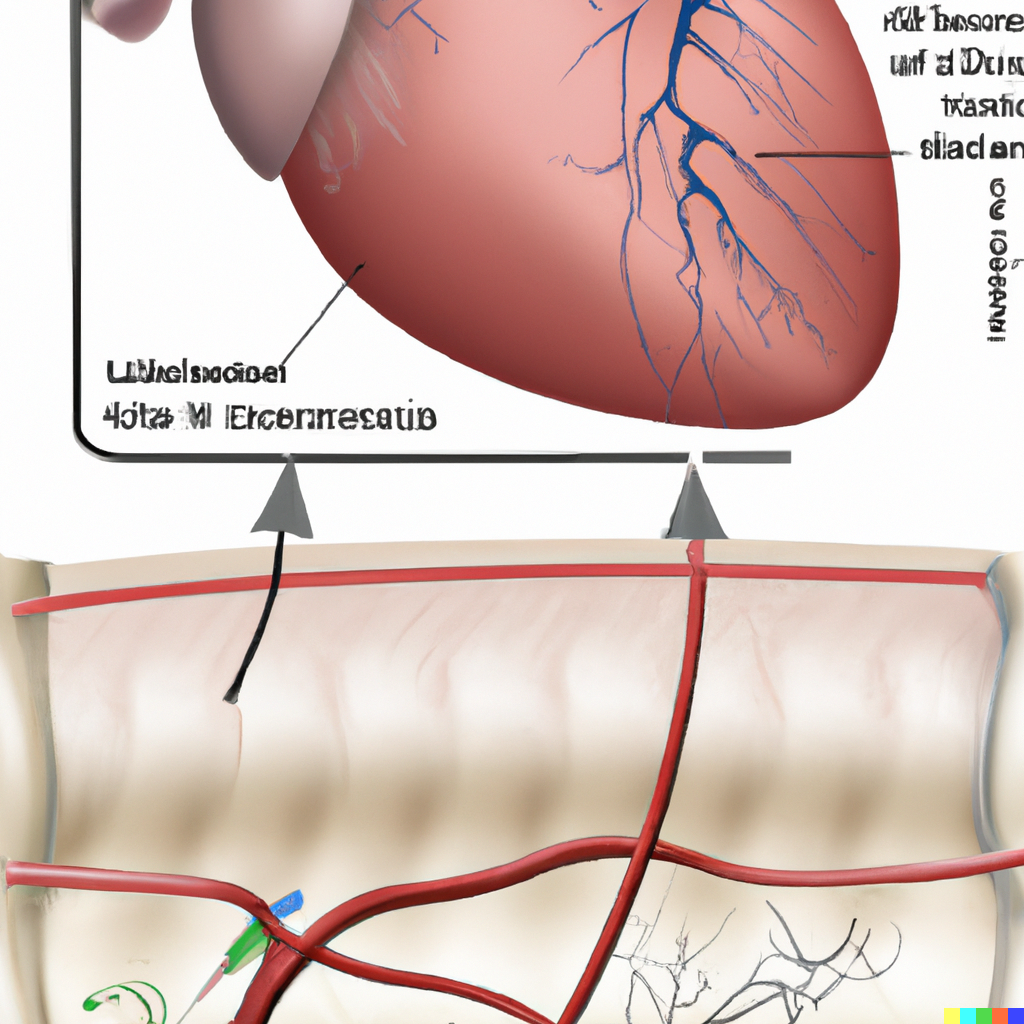Fractional Flow Reserve versus Angiography for Guiding Percutaneous Coronary Intervention – FAME I
This is a study on patients with multivessel coronary artery disease who are undergoing percutaneous coronary intervention (PCI) with implantation of drug-eluting stents. The study randomly assigned 1005 patients to undergo PCI guided by angiography alone or guided by fractional flow reserve (FFR) measurements in addition to angiography. The study found that the routine measurement of FFR significantly reduces the rate of death, nonfatal myocardial infarction, and repeat revascularization at 1 year.
https://www.nejm.org/doi/full/10.1056/nejmoa0807611
Fractional Flow Reserve–Guided PCI versus Medical Therapy in Stable Coronary Disease – FAME II
This is a study on patients with stable coronary artery disease in which the researchers hypothesized that in patients with functionally significant stenoses, as determined by measurement of fractional flow reserve (FFR), percutaneous coronary intervention (PCI) plus the best available medical therapy would be superior to the best available medical therapy alone. The study found that in patients with stable coronary artery disease and functionally significant stenoses, FFR-guided PCI plus the best available medical therapy, as compared with the best available medical therapy alone, decreased the need for urgent revascularization. In patients without ischemia, the outcome appeared to be favorable with the best available medical therapy alone.
https://www.nejm.org/doi/full/10.1056/nejmoa1205361


Leave a Reply